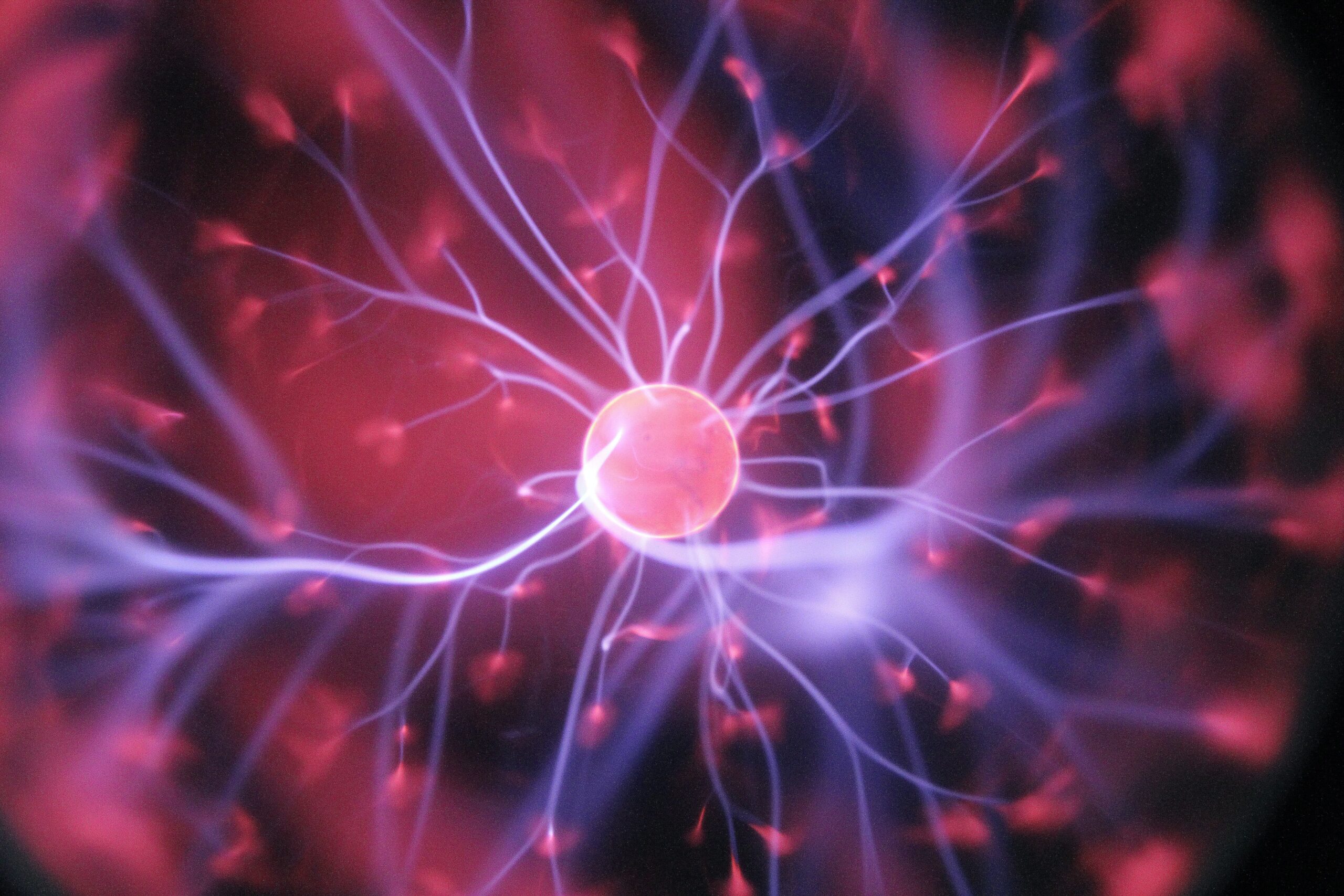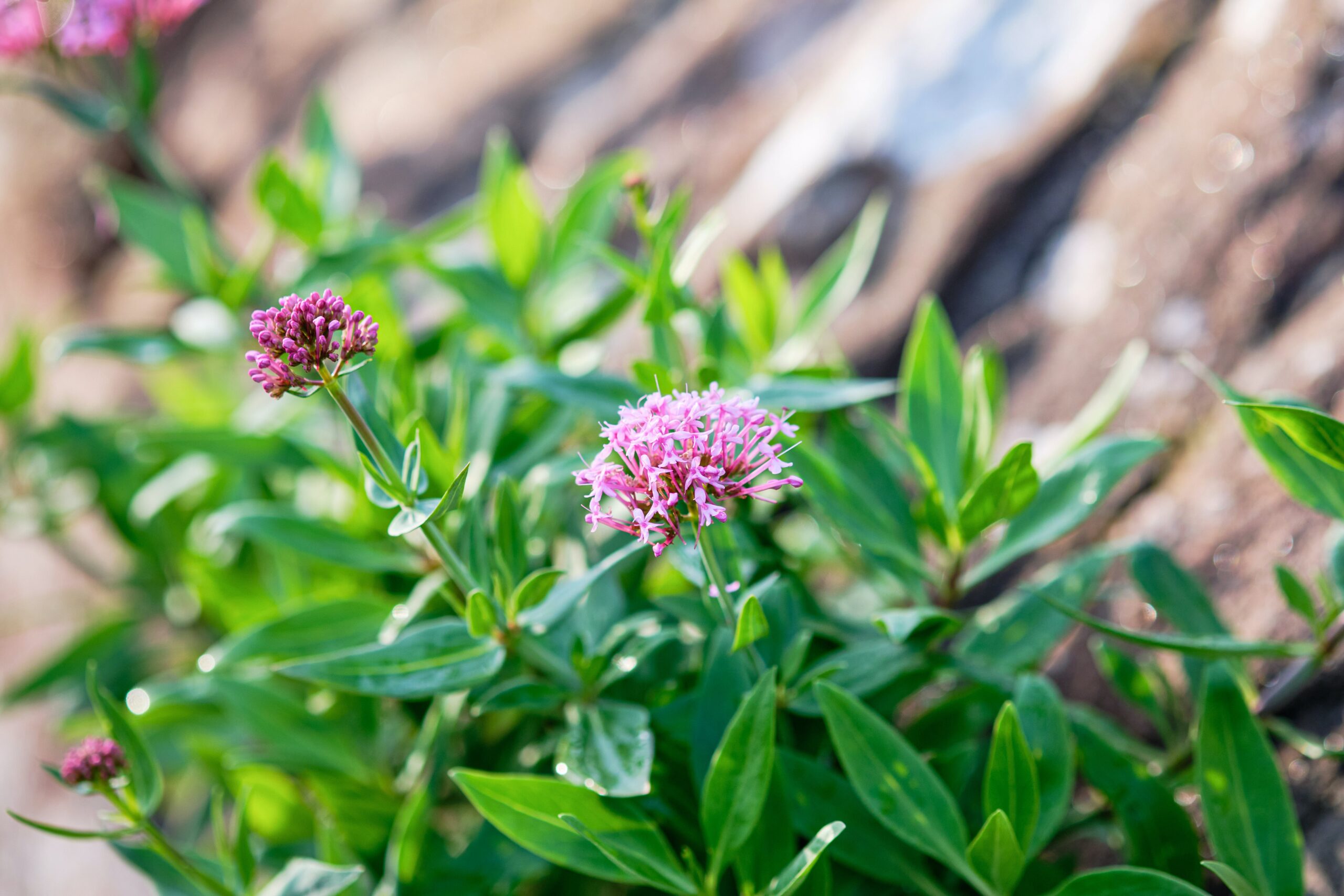
the brain-science of sleeplessness and chronic insomnia
can't sleep? here's what we know so far
At sofi, we don’t believe you have to be a botanist (or a neuroscientist) to discover how plants can help you and help to alleviate the lifestyle limitations you may face—whether that's stress, anxiety, lack of energy, or the inability to sleep.
In this article, we’ll unpack some of the brain science behind sleeplessness, review the relevant theories on the biological origins of chronic insomnia, and learn exactly how sofi can offer support and measurable effects on your overall well-being.
Chronic insomnia is defined as a difficulty in falling asleep, maintaining sleep, or experiencing non-restorative sleep, often accompanied by impaired functioning during day-to-day activities as a result. Where secondary insomnia arises due to a pre-existing or under-lying medical illness, the specific trigger that causes primary insomnia for an individual can often remain unknown (1).
If you experience trouble trying to fall asleep, or you never really feel like you’re getting a decent night’s rest, know that you’re far from alone.
the brain-science of chronic insomnia
Research shows that sleeplessness (aka chronic insomnia) is increasingly common, with worldwide studies indicating somewhere between 10% and 60% of the general population struggle on a regular basis with their sleep (2).
While the precise causes of sleeplessness remain somewhat poorly understood, there is an extensive body of evidence to suggest that insomnia is the result of an interplay between a genetic predisposition and issues with the biological mechanisms responsible for determining the body’s sleep and arousal states. This is believed to be especially true where chronic insomnia is concerned (3).
Normally, our sleep domain is ruled by our body’s ‘internal clock’ — also known as our circadian rhythm. Think of circadian rhythms as a biological cycle taking place every 24 hours, with a vast range of implications for the body, from hormone production to metabolism, the regulation of bodily functions, and sleep (4,5).
In order for the circadian rhythm to function properly, our brains depend on cues from our environment such as the dark-light cycle of the sky, as well as routine exercise and the ingestion of food. The part of the brain responsible for this activity is referred to as the Suprachiasmatic Nucleus (SCN). Once the SCN has established a circadian rhythm, it’s our exposure to daylight every morning that inhibits production of the hormone melatonin, triggering the cycle to start all over again (6,7).
When these cues are removed, or even just thrown slightly off balance, however, the SCN responds by initiating a biological feedback loop, instead.
What this means is that some of the neurotransmitters involved in the regulation of behavioural and neurological function — including, you guessed it, sleep — can no longer function the way they’re supposed to.
causes and risk factors for chronic insomnia
Keep in mind that some of the environmental factors that can have a negative impact on our circadian rhythm cues are as simple as (8,9,10):
- the blue-light from phone, computer, and TV screens
- high exposure to artificial lighting
- inconsistent sleep-wake pattern
- inconsistent eating habits
- alcohol withdrawal
- daytime naps
- general life stressors
- anxiety (especially surrounding sleep)
As a result, many of the items listed above are both symptoms of acute and chronic insomnia as well as contributing factors. For this reason, it’s all too common for sleeplessness to become perpetuated in a seemingly endless cycle that feels, well…. completely exhausting, to say the least.
Those suffering with poor sleep know all too well both the physical and mental consequences associated with a misalignment of the circadian rhythm. In fact, research shows that stress, in particular, might play a defining role in development of chronic sleep disorders by causing a shift in the stress-regulatory system and creating changes in the brain’s hippocampus (11).
When it comes to anxiety and the experience of sleeplessness, the two are not mutually exclusive — thus, what might work for one individual has no guarantee for another.
Theories on the subject also differ greatly in their characterization of the mechanisms responsible for insomnia. The two-processes model suggested by Levensen et al. (2015) suggests that insomnia arises as a key consequence of dysfunction between process C (circadian rhythmicity, just like we discussed before) and process S — something known as the wake-dependent homeostatic sleep drive.
Just like it says in the name, the homeostatic sleep drive depends on the time you spend being awake, increasing progressively throughout the day, and reaching its maximum just prior to the time you sleep. Of course, the scientific hypothesis here says that in order for optimal sleep to be achieved, both process C, and S, need to be adequately aligned (12).
Additional research implicates a co-activation of the circuits responsible for wake and sleep states, with those most susceptible to insomnia thought to experience a higher frequency of transitions between the two, alongside recurrent periods of brief arousal from sleep. This means instead of operating like an ‘on/off’ switch, this sleep mechanism becomes overridden and leads to chronic sleeplessness under stress (13,14).
In line with this theory, studies have investigated the role of hyperarousal disorders as a primary contributing factor to the development of chronic sleeplessness, but the science is still out as to whether or not hyperarousal should be viewed as a cause or a consequence of insomnia.
In this way, the neurological pathways responsible for insomnia and related disorders of sleep can be extremely hard to pin-point. Due to the fact that genetic factors such as being female, a familial history of insomnia, illnesses such as Alzheimer’s disease and alcoholism, or a propensity to experience frequent migraines can increase the likelihood of chronic sleeplessness, there remains a lot that science has yet to fully comprehend (15).
how can sofi help me sleep?
Findings from clinical studies reveal certain advantages of using complementary and alternative medicine for improving sleep and that the safety of these therapies is satisfactory (16).
In line with this understanding, sofi is a plant-based technology created by a small team of people who are passionate about exploring all that natural medicines have to offer.
At sofi, our first mission was to create a modern way to characterise plants, understand their variability, and deliver them in an easy-to-use system that would allow us to learn individual experiences with each plant and help us help you get on with your everyday life.
Tired of losing sleep? Take our free quiz and find out which of our plant remedies is right for you. We understand that sleeplessness is not something anyone wants to be defined by, and we’re here to change the approach to healthcare for the better. *
*Disclaimer: sofi is a food supplement and should never be used as a replacement for proper treatment or medical care.
By using sofi to discover exactly which plants work best for you, according to you, you’re able to reap the benefits of the research in real-time. Learn more about sofi and how it works by clicking here.
References:
- Riemann, D., Spiegelhalder, K., Feige, B., Voderholzer, U., Berger, M., Perlis, M., & Nissen, C. (2010). The hyperarousal model of insomnia: a review of the concept and its evidence. Sleep medicine reviews, 14(1), 19–31.
- Bhaskar, S., Hemavathy, D., & Prasad, S. (2016). Prevalence of chronic insomnia in adult patients and its correlation with medical comorbidities. Journal of family medicine and primary care, 5(4), 780–784.
- Riemann, D., Kloepfer, C., & Berger, M. (2009). Functional and structural brain alterations in insomnia: implications for pathophysiology. European Journal of Neuroscience, 29(9), 1754–1760.
- Aschoff, J. (1960, January). Exogenous and endogenous components in circadian rhythms. In Cold Spring Harbor symposia on quantitative biology(Vol. 25, pp. 11–28). Cold Spring Harbor Laboratory Press.
- Saus E, Soria V, Escaramís G, Vivarelli F, Crespo JM, Kagerbauer B, Menchón JM, Urretavizcaya M, Gratacòs M, Estivill X. Genetic variants and abnormal processing of pre-miR-182, a circadian clock modulator, in major depression patients with late insomnia. Hum Mol Genet. 2010 Oct 15;19(20):4017–25.
- Mendlewicz J. Disruption of the circadian timing systems: molecular mechanisms in mood disorders. CNS Drugs. 2009;23 Suppl 2:15–26. doi: 10.2165/11318630–000000000–00000. PMID: 19708722.
- Crosby P, Hamnett R, Putker M, Hoyle NP, Reed M, Karam CJ, Maywood ES, Stangherlin A, Chesham JE, Hayter EA, Rosenbrier-Ribeiro L, Newham P, Clevers H, Bechtold DA, O’Neill JS. Insulin/IGF-1 Drives PERIOD Synthesis to Entrain Circadian Rhythms with Feeding Time. Cell. 2019 May 2;177(4):896–909.e20.
- Sinha, M., Pande, B., & Sinha, R. (2020). Impact of COVID-19 lockdown on sleep-wake schedule and associated lifestyle related behavior: A national survey. Journal of public health research, 9(3), 1826.
- Sharma, R., Engemann, S., Sahota, P. and Thakkar, M.M. (2010), Role of adenosine and wake-promoting basal forebrain in insomnia and associated sleep disruptions caused by ethanol dependence. Journal of Neurochemistry, 115: 782–794.
- Dopheide JA. Insomnia overview: epidemiology, pathophysiology, diagnosis and monitoring, and nonpharmacologic therapy. Am J Manag Care. 2020 Mar;26(4 Suppl):S76-S84
- Levenson, J. C., Kay, D. B., & Buysse, D. J. (2015). The pathophysiology of insomnia. Chest, 147(4), 1179–1192.
- Dijk, D. J., & Archer, S. N. (2009). Circadian and Homeostatic Regulation of Human Sleep and Cognitive Performance and Its Modulation by PERIOD3. Sleep medicine clinics, 4(2), 111–125
- Levenson, J. C., Kay, D. B., & Buysse, D. J. (2015). The pathophysiology of insomnia. Chest, 147(4), 1179–1192.
- Bonnet MH, Arand DL. Hyperarousal and insomnia: state of the science. Sleep Med Rev. 2010 Feb;14(1):9–15.
- Wang, Z. J., & Liu, J. F. (2016). The molecular basis of insomnia: implication for therapeutic approaches. Drug development research, 77(8), 427–436.
- Hu, Z., Oh, S., Ha, T. W., Hong, J. T., & Oh, K. W. (2018). Sleep-Aids Derived from Natural Products. Biomolecules & therapeutics, 26(4), 343–349.
read more like this:
